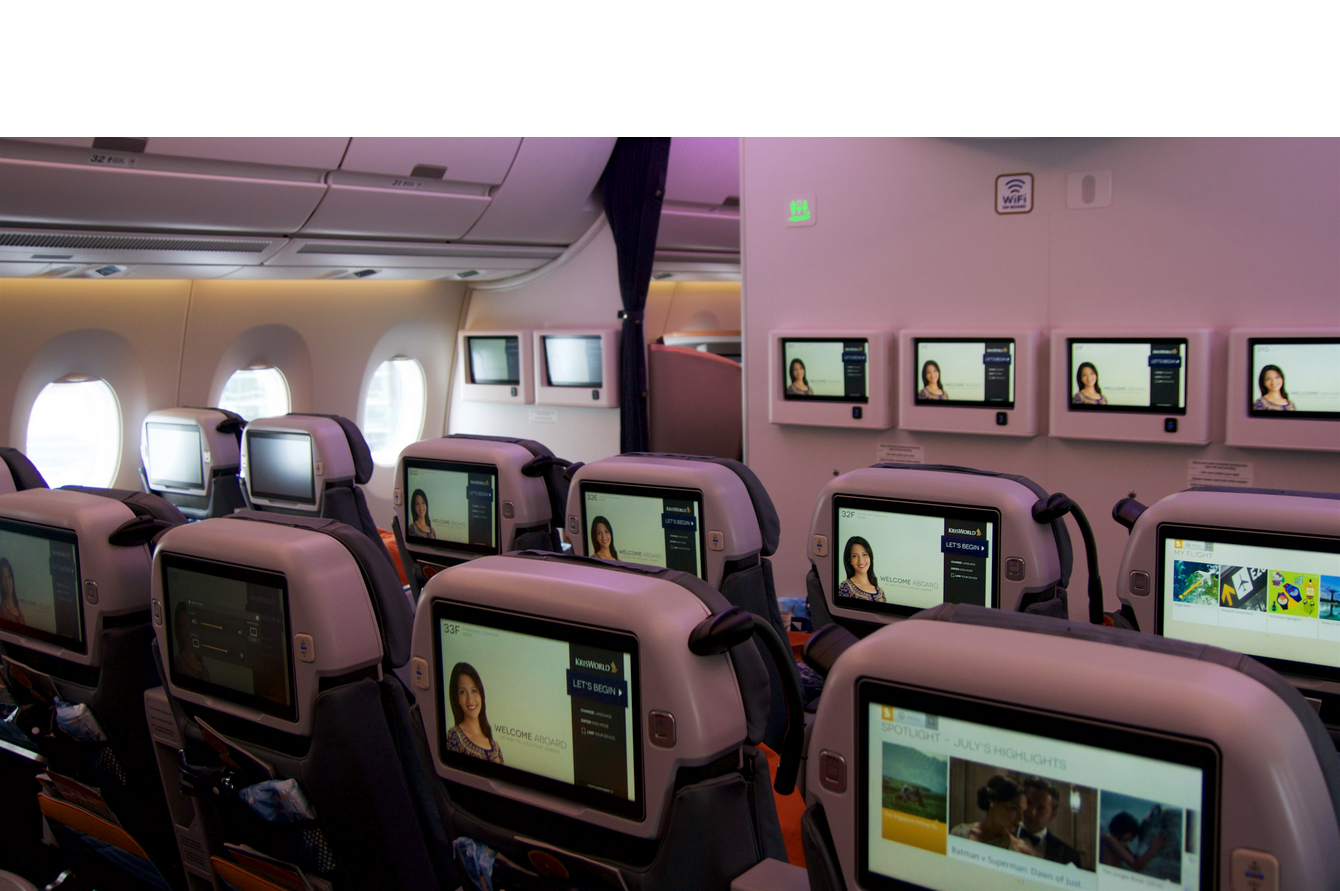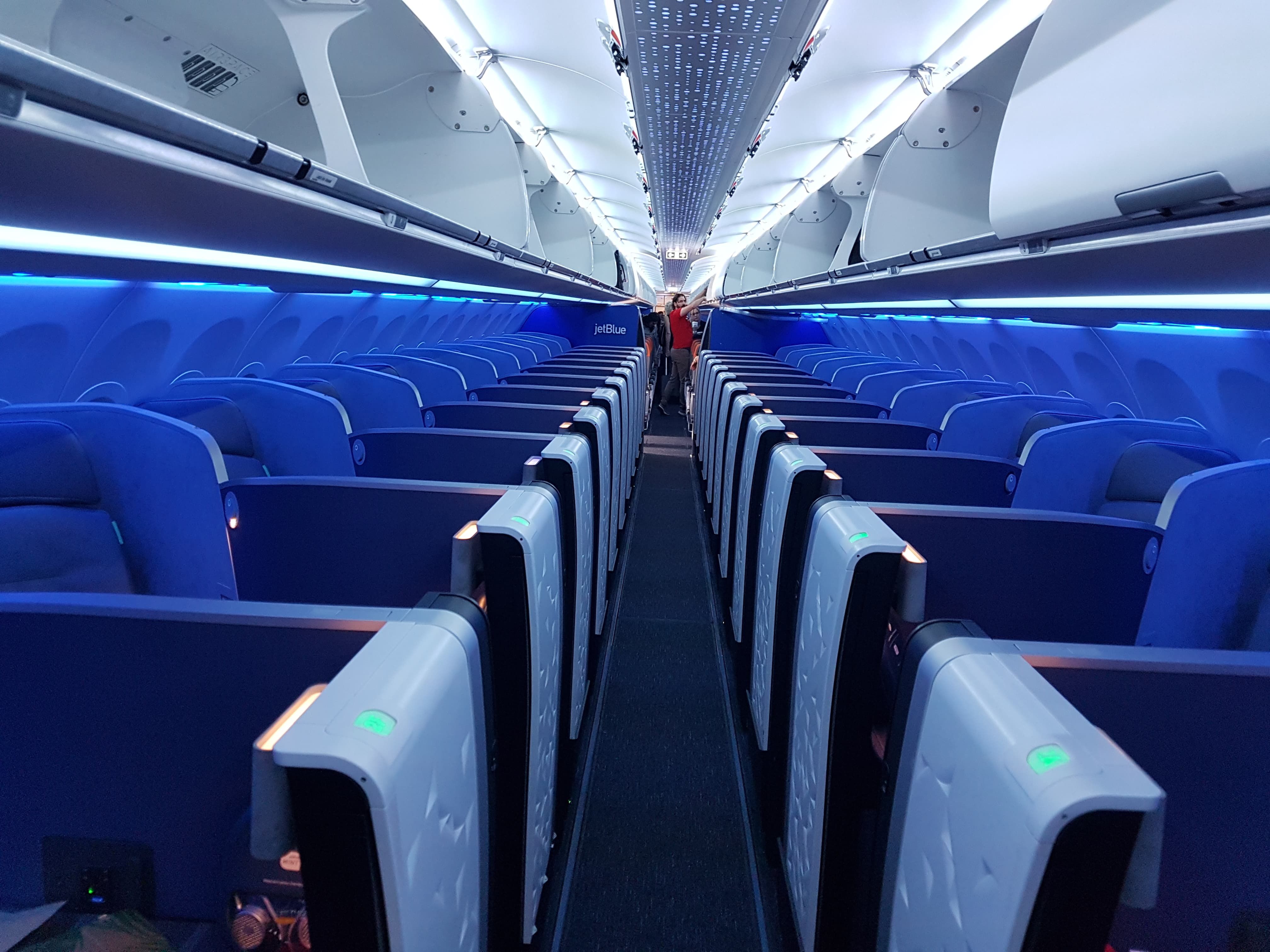In the age of increasingly innovative technology, society unfortunately has to deal with people using it for the wrong purposes. People are concerned about cameras being everywhere: on mobile phones, laptops, hidden in buildings, and even inside an aircraft. While strict rules and regulations prevent people from doing something suspicious onboard a plane, it would make many anxious to know there are cameras looking out over the cabin passengers.
Cameras in the airport are far less surprising. Security agencies in every country are on the lookout for anyone who seems ever so slightly odd as they make their way from the check-in counter to the gate. CCTV cameras are part of the barrage of defenses airports use to keep the skies safe, so this is unavoidable.
But are they necessary onboard an aircraft?
They come in various shapes and sizes, and there’s no straightforward answer to how they’re deployed. Some airlines have camera systems in their cabins as an additional security measure should things go awry. Others may have cameras on every seat-back inflight entertainment (IFE) screen on accident. According to CNN, such was the case with Emirates and Singapore Airlines, two of the most highly regarded airlines.
Some passengers years ago found, while onboard a Singapore Airlines flight, that the IFE screen featured a very discreet camera along the bottom edge. After asking why the carrier needed to install cameras watching every individual passenger, SQ responded,
“These cameras are permanently disabled on our aircraft and cannot be activated on board. We have no plans to enable or develop any features using the cameras.”
Panasonic announced a new IFE system for some Emirates Boeing 777 airliners at the Dubai Airshow a few years ago, including a camera, speaker, and microphone. Initially, these could have been used for video calling someone sitting in another seat. However, a spokesperson for the carrier explained that they have never activated this function, with seemingly no plans to do so in the near future.
There’s encouraging news for those worried about an unethical hacker exploiting a flaw in your choice carrier’s IFE system. Australian flag carrier Qantas has said that cameras are more-or-less standard on modern IFE systems, though rarely are they activated, which can only be done using software that, at least Qantas, doesn’t plan to install. Therefore, it would be improbable for IFE cameras to record you, be it the airline itself or a fellow passenger.
Want answers to more key questions in aviation? Check out the rest of our guides here.
What about other cameras?
There’s not much to say about cameras from above watching over the cabin generally. After the September 11th attacks that changed the industry for good, cameras slowly became just one of the many tactics used to ensure passenger safety. On a slightly different note, Business Insider explains a notable example of in-cabin cameras - JetBlue’s Airbus A321neos.
The main issue is that its Mint business class suites stretch reasonably far back, and flight attendants do not have a clear line of sight from the forward jumpseat. Some airlines also have cameras focused right on the area in front of the cockpit door, providing another layer of security for the flight deck.
There are also, of course, the cameras on an airliner’s exterior. These are not at all related to human surveillance but rather to aid larger aircraft types as they taxi around the airport apron. Operators have the option to install such devices on various planes, such as modern Boeing and Airbus widebodies, which can help flight crew navigate the various taxiways.
What are your thoughts on aircraft cameras, especially those inside the cabin? Let us know in the comments below.
Sources: CNN, Business Insider, The Sydney Morning Herald


